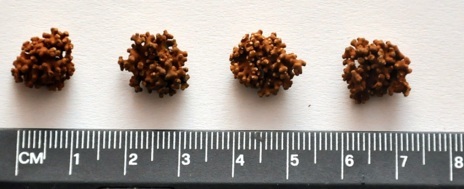Biomex (BIOlogy and Mars EXperiment)

Biomex (BIOlogy and Mars EXperiment) has as its main objective the study of the resistance capacity of organic molecules, such as pigments and cellular components, proteins and DNA, and to see what is the maximum level of stability in space and under environmental conditions. simulated from Mars (ultraviolet and cosmic radiation, space vacuum, atmosphere of Mars and temperature cycles), in addition to the level of dehydration that may have occurred. As a secondary objective, the most resistant organisms that may be relevant for life support systems in space will be identified, both in spacecraft and in bases on the Moon or on Mars. INTA (Department of Earth Observation / Atmospheric Research Area) participates in this experiment with a species of “wandering” lichen, Circinaria gyrosa (Guadalajara), which has survived space and Mars conditions (experiments carried out at INTA, CAB and DLR). Within the objectives of this experiment, we want to verify the resistance of simple organisms and biomolecules under spatial conditions and conditions on the surface of Mars. These studies are important, both in the context of the Martian planetary habitability itself, and in relation to the theory of Lithopanspermia or the possibility of interplanetary transport of life in space (astroidal and cometary meteoroids). The results will serve to explain whether the biological material, or part of it, can be stable enough to survive the conditions of other planets such as Mars, and thus be identified with properly developed instrumentation. In addition, the BIOMEX results will be included in a universal database of biomarkers, which will serve as the premise for the search for life in our solar system. Future missions, such as the one planned by ESA "ExoMars-Mission", will definitely benefit from this data.
